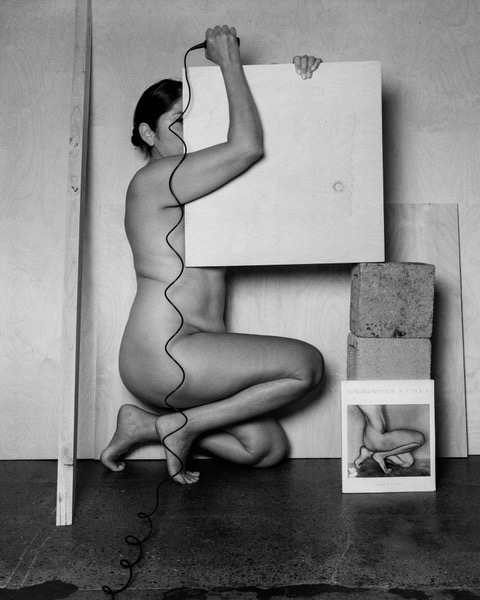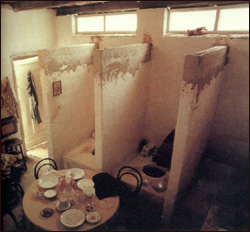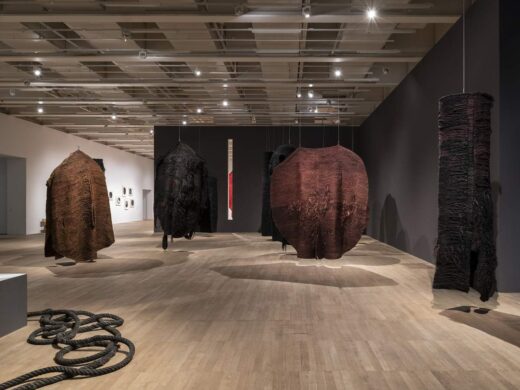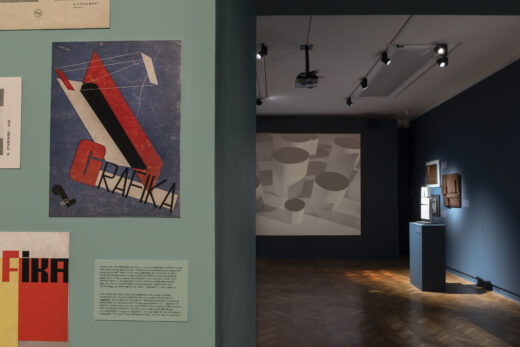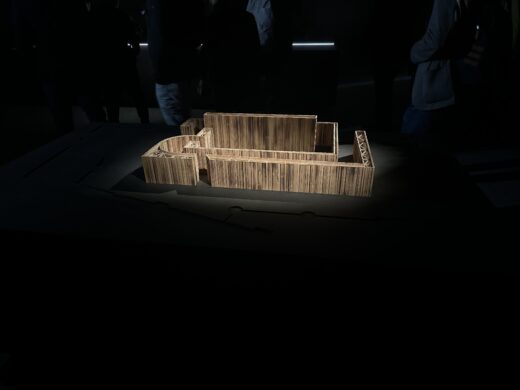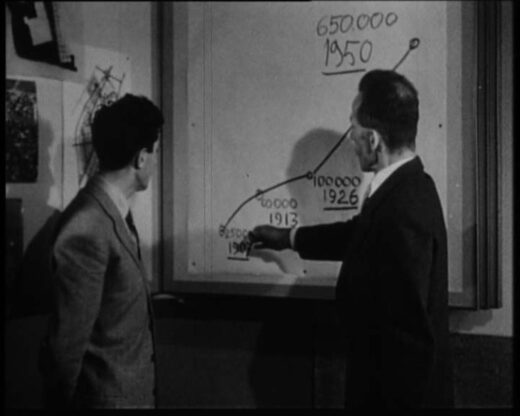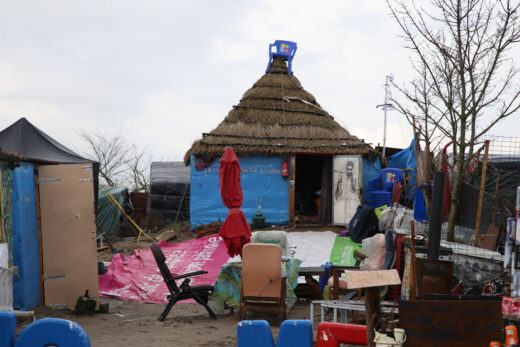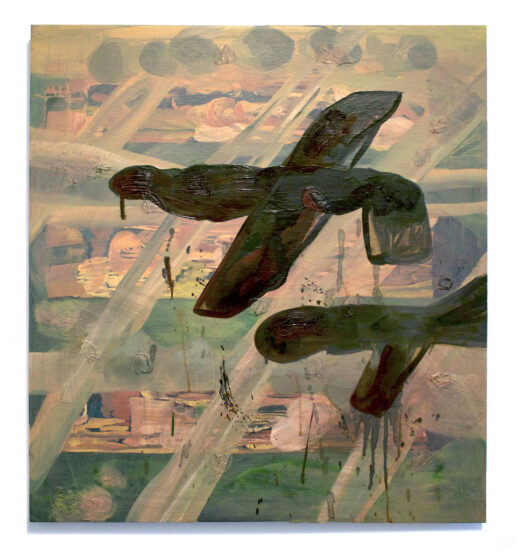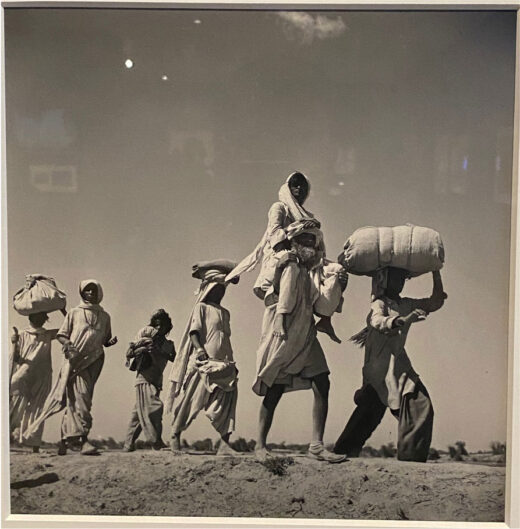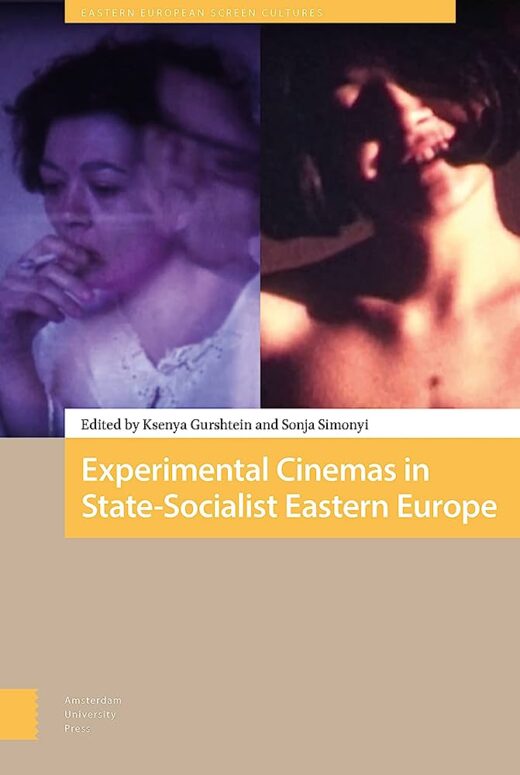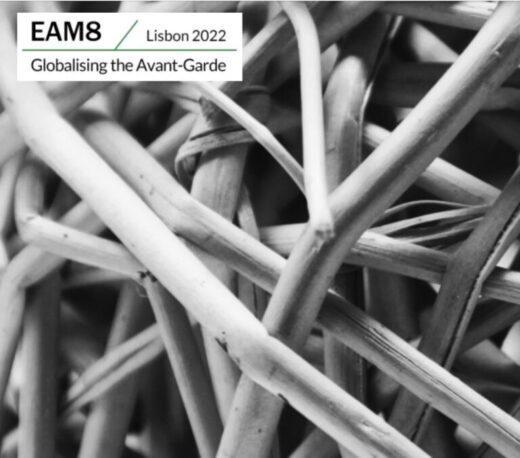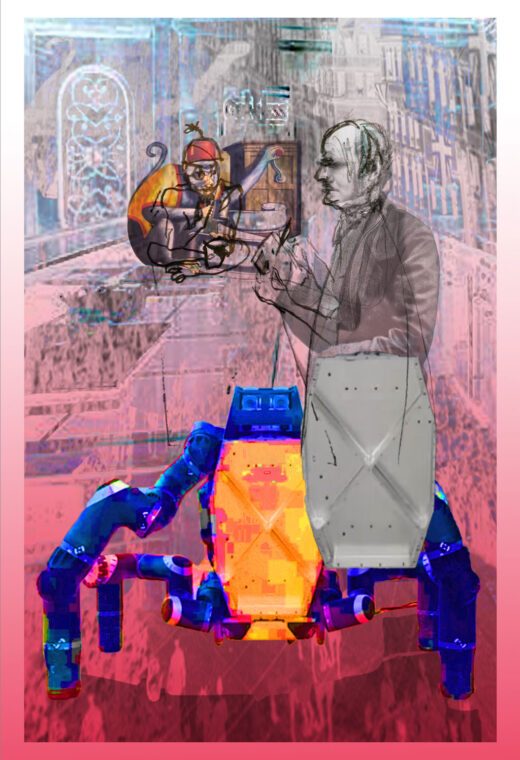Revolutionary Painting and the Palestinian Revolution
In 1974, Moroccan cultural journal Intégral published a special edition on the first Arab biennial of visual arts, which had just taken place in Baghdad. The two documents translated here come from this special edition, and both of them deal with the Palestinian presence at the landmark exhibition. Moroccan artist Mohamad Chebaa and Italian-Moroccan art historian Toni Maraini each consider Palestine an ideal arena for the development of decolonial “combat art,” but express disappointment with its pavilion’s emphasis on folk idioms over images of armed struggle. The introduction to these documents situates them in relation to Moroccan and Palestinian discourses … Read more

